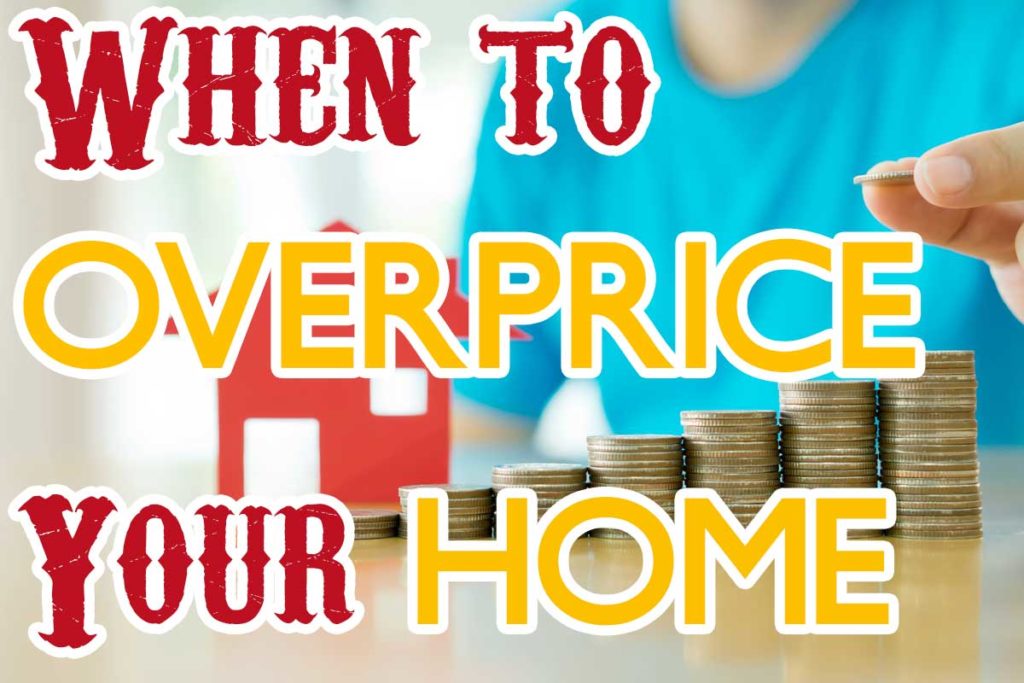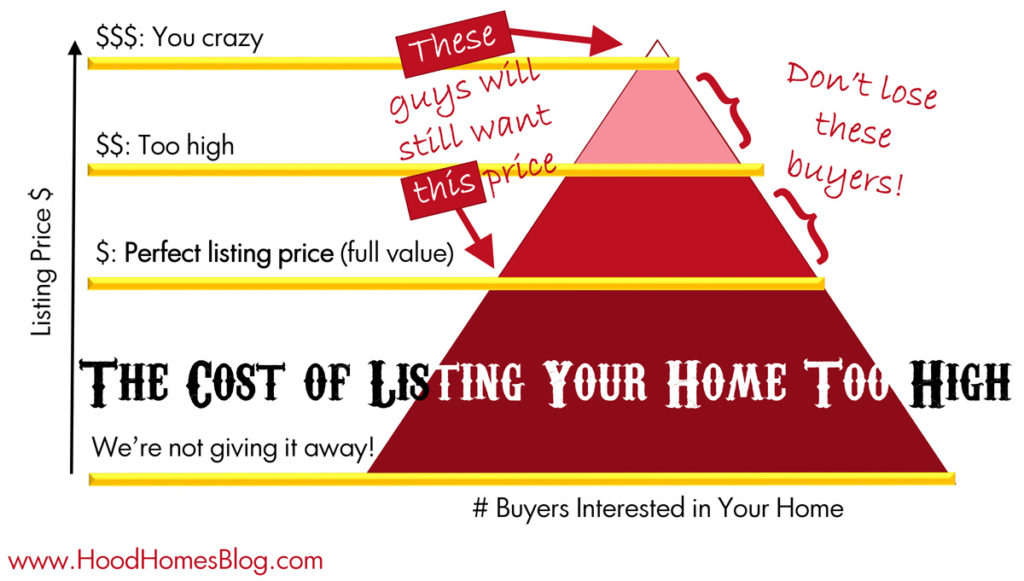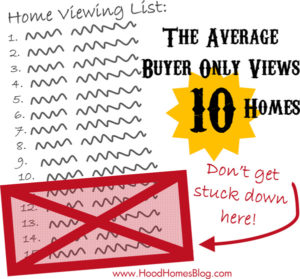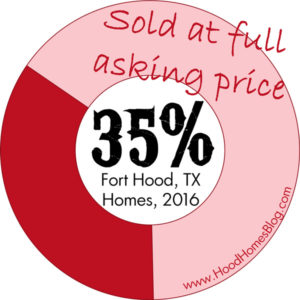 Takeaways
Takeaways
- List as close to the fair market value of your home as possible
- Don’t include a “negotiation buffer”
- It is fine to list at the high end of the fair value, especially when there are few comps in the area.
Of course, this is sort of a trick question, as it is overpricing your home is not recommended. You might think that is obvious, but many sellers of course want to over price their home. And it’s not just because they are unrealistic. I am often asked about pricing higher so there is a sort of “negotiation buffer”.
“I’ve got to list my home higher than the market so there’s room to negotiate!”
No, you don’t. And you shouldn’t.
Don’t price in negotiations. It is better to list at fair market value and not negotiate, than list high and expect to negotiate.
Here’s why.
The Target Demographic Triangle

As a Realtor, I market your home. And part of any marketing campaign is having a target demographic. This triangle above depicts how our target demographic gets smaller and smaller as the price goes up. As your home’s price goes up, it will appeal to fewer and fewer buyers, you will sit on the market longer, get negotiated down anyway, or fail to sell altogether.
People interested in your home even when overpriced are not going to pay more for your home. The triangle just depicts their interest level. If over priced, a buyer will still try to negotiate you to the fair market value. So by overpricing, you’ve lost interest, but gained nothing on the price.
The triangle gets narrower because, when you list your home higher, you lose eyeballs and feet.
Losing Eyeballs
The first place a buyer or their Realtor will see your home is online. Your goal is to get a lot of eyeballs on your home.
When you overprice your home, your target demographic doesn’t even see your home when searching online.
Example: Let’s say the data shows your home is probably worth between $113,000-$119,000. You plan on getting $119,000, but list your home at $125,000 so that you have some wiggle room in negotiations.
Wiggle room is great, but you’ve lost a lot of buyers. Anyone whose budget is $120,000 would be a great fit for your home, and get you that $119,000 you’re expecting. But they’ll never see your home because they are only going to search for homes listed between, say, $100,000 – $120,000.
To add to the trouble, many buyers have email alerts every time a new home in their price range hits the market. If you’re not priced within their alert, they’re not going to know you exist.
They literally don’t even see your home for sale.
Losing Feet
When I search homes, I deliberately look a little above and below my client’s price range, just to see if there are any on the edges that are worth considering. So maybe we do see your overpriced home.
But are we going to schedule it for the tour?

Your next goal after getting views it to get foot traffic.
The average buyer looks at only 10 homes before making an offer. That means your home has to be in their top 10. As of this writing, there are 54 active single family listings in the Fort Hood area between $110,000 and $120,000. Your home needs to beat at least 80% of the other comparable homes on the market, but you’re overpriced.
Now we are deciding between seeing several very similar homes. You’ve got great pictures, but so do some of the others. And their listing price is lower.
Your home just became an easy showing day cut. A healthy scratch. It’s no longer even in consideration.
So I Shouldn’t Negotiate the Price Down?

You shouldn’t price those negotiations into your asking price.
It may still be necessary to negotiate on the price depending on how your home performs on the market and the specifics of your situation.
My goal is to get a home listed and an offer within the first month, depending on the home and the time of year. A well priced and marketed home can get a full price offer in our market, and often does. Of the 3438 homes that sold so far in 2016 on the Fort Hood MLS, 1212 (35%) sold at full price or higher.
But real estate is not a science. All the preparation before listing is just educated and informed guesswork. Once on the market, it is important to listen to what the market has to say. Treat each offer on a case by case basis.
Exceptions
The only exception I can think of is a home with very few comparable listings, or very old comparable listings in an area where there may have been recent appreciation. These tend to be unique homes, or very rural homes.
If you don’t know what the market is for a home, you can test it by listing on the high side. Hopefully you will still get enough showings to get feedback on the price. If you get no showings – well, that is a form of feedback, too. Probably time to think about a price drop.
Conclusion
There’s nothing wrong with listing your home on the high side of fair value. Home price estimates are just estimates, and not a hard science. We don’t want to leave money on the table.
But do not list over that price range.
